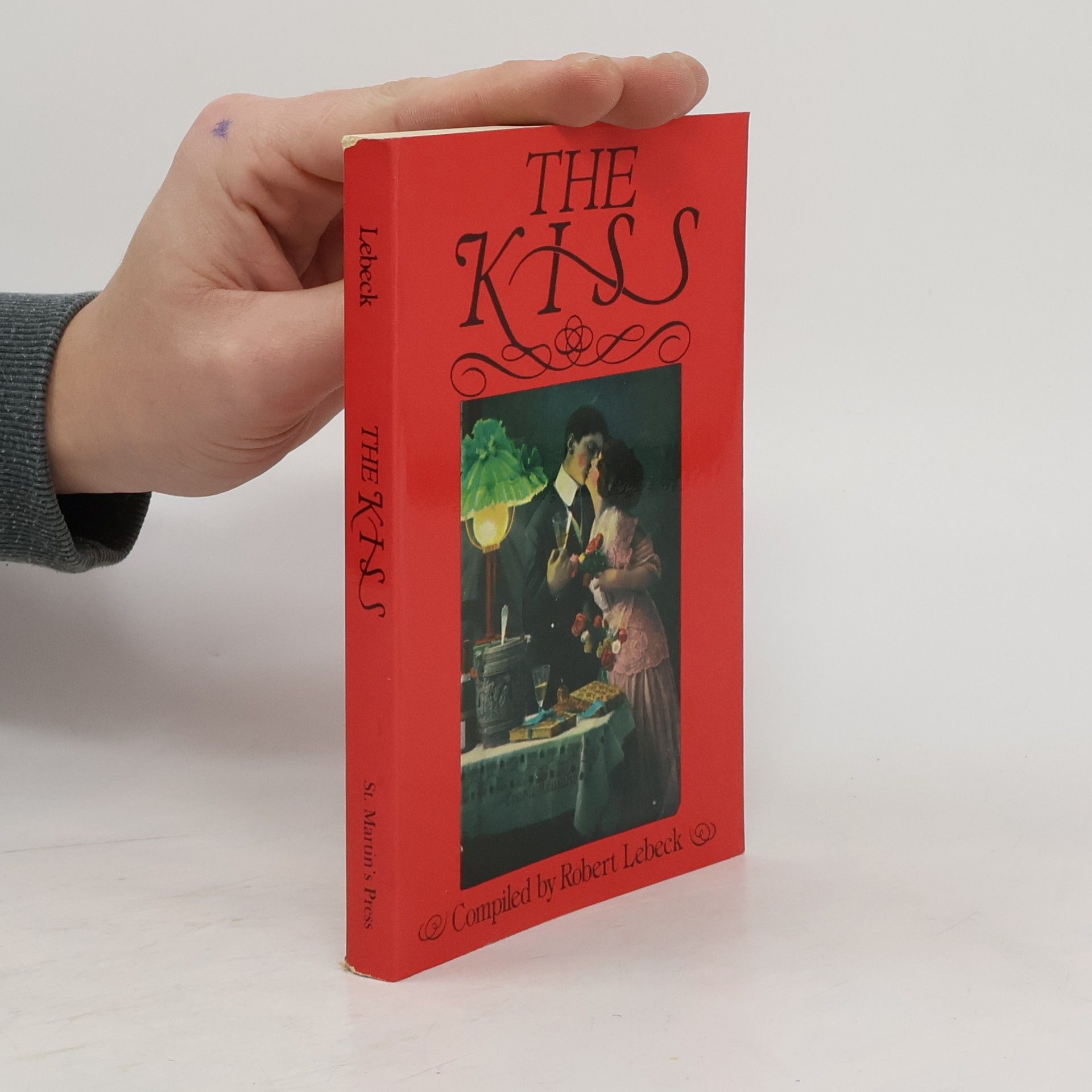Bd 1 (Tokyo): 168 S., 104 Abb., Bd 2 (Moscow): 208 S., 142 Abb., Bd 3 (Leopoldville): 208 S., 142 Abb., insgesamt mit 380 Tritone-Taf.
Robert Lebeck Livres






Picture post cards from the early twentieth century provide humorous and romantic views of the kiss and couples in love
Robert Lebeck, 1968
- 320pages
- 12 heures de lecture
This book presents the diverse photo series Robert Lebeck made in 1968, which form an alternative view of the year when social conflict and personal rebellion against authoritarian traditions found their passionate and often violent expression. Upheaval, protest, perseverance and failure—themes that are not always explored in retrospective mythicizing views of 1968—are clearly expressed in Lebeck’s photos, taken in locations from New York to Bogotá and Wolfsburg. Whether dealing with “Divorced Women,” Rudi Dutschke in Prague, Robert Kennedy’s funeral or Joseph Beuys at documenta, contemporary history encounters the integrity of photo reportage in Lebeck’s work. “The year of the student protests took place without me,” Lebeck recalls of 1968 in his autobiography. “When the barricades were burning in Paris, I was working in Florida on a series about two murdered co-eds; when students began protesting in front of the Springer Building, I was photographing the christening of Hildegard Knef’s baby; and when Russian troops marched into Prague, I was accompanying the pope’s visit to Bogotá.” A closer examination of Lebeck’s contact sheets, prints and reportages made during this epoch-making year on behalf of Stern, then one of Germany’s highest-circulation magazines, and presented in this book, reveal how Lebeck’s photos, despite his own assessment, capture the social changes of the time.
For many years Robert Lebeck has been the cornerstone of photojournalism in Germany, known for his antenna for relevant subjects and ability to convey a news story with just a few pictures. Included here are his famous portraits and photoreportages as well as many unpublished photographs.
Robert Lebeck kam den Menschen, die er fotografierte, auf seinen Bildern nahe. Es fällt auf, dass die Porträtierten häufig lachen. Egal ob Prominente wie Elvis Presley, Romy Schneider, Alfred Hitchcock oder Joseph Beuys, oder ob durchschnittliche Bundesbürgerinnen und Bürger auf der Reeperbahn nachts um halb drei, beim Nacktbaden auf Sylt oder bei der »Weinschlacht von Altenahr«. Lebeck schien jeder Situation eine menschlich-komische Seite abgewinnen zu können: Er fotografierte, wenn geküsst, getrunken und getanzt, aber auch wenn geweint, gebettelt oder gelitten wurde. Seine Fotos strahlen Mitgefühl aus, Nächstenliebe und vor allem Neugier. Hierzulande versammelt Robert Lebecks Reportagen aus und über Deutschland von 1955, als er im Durchgangslager Friedland die Kriegsheimkehrer fotografierte, bis 1983. Einige Bilder sind beinahe Teil des kulturellen Gedächtnisses, andere dagegen wurden selten oder noch nie veröffentlicht, wie die Serie über die Karl-Marx-Straße in Berlin-Neukölln von 1961: Seit dem Frühjahr war Berlin geteilt, aber es gab noch keine Mauer. Dafür aber zwei Bürgermeister, zwei Stadtverwaltungen und zwei Währungen. Lebeck gelang ein bislang unbeachtetes Kleinod mit dokumentarischem Anspruch und humanistischem Anklang. Seine Fotoreportagen sind legendär und machen ihn zum unverzichtbaren Chronisten unserer Zeit.

